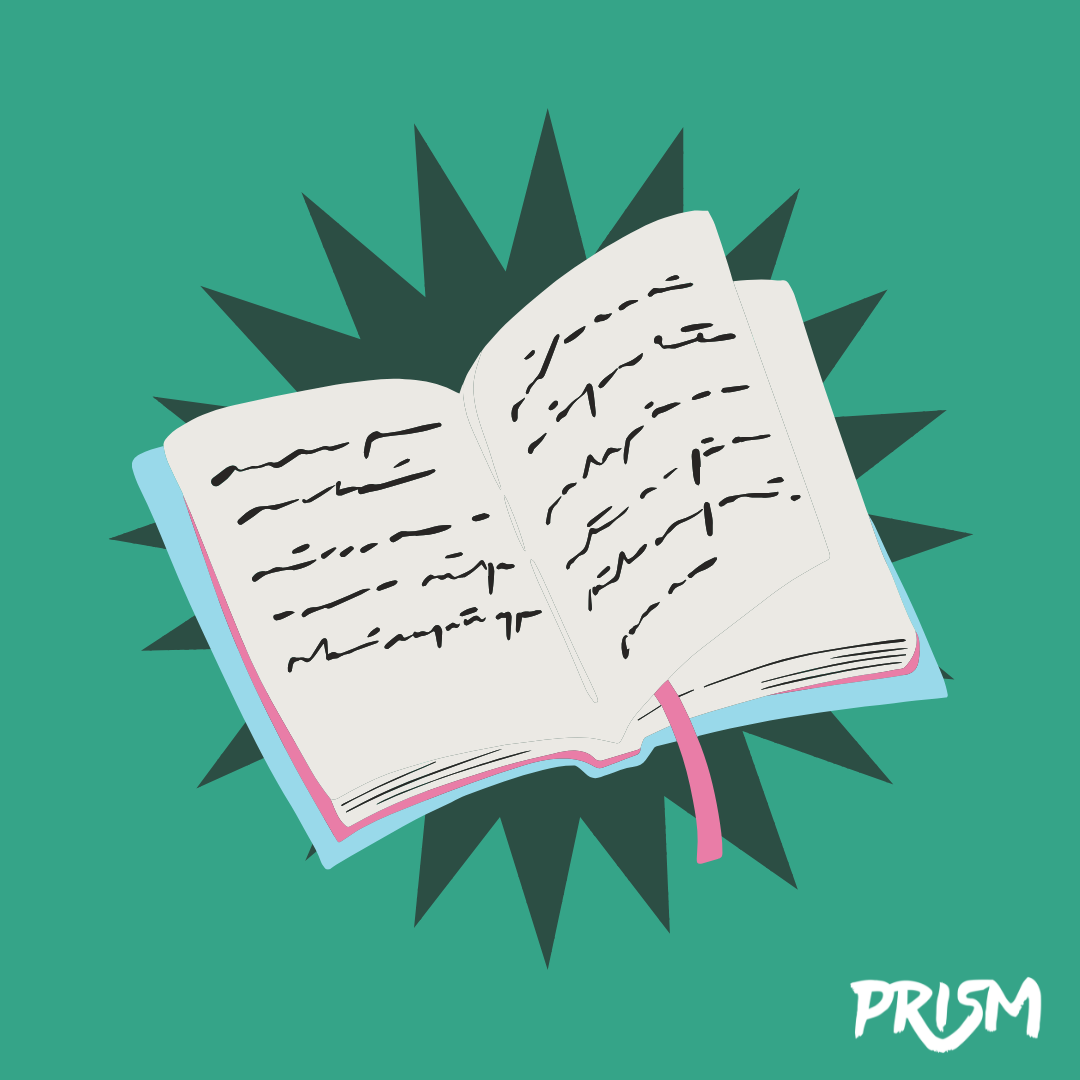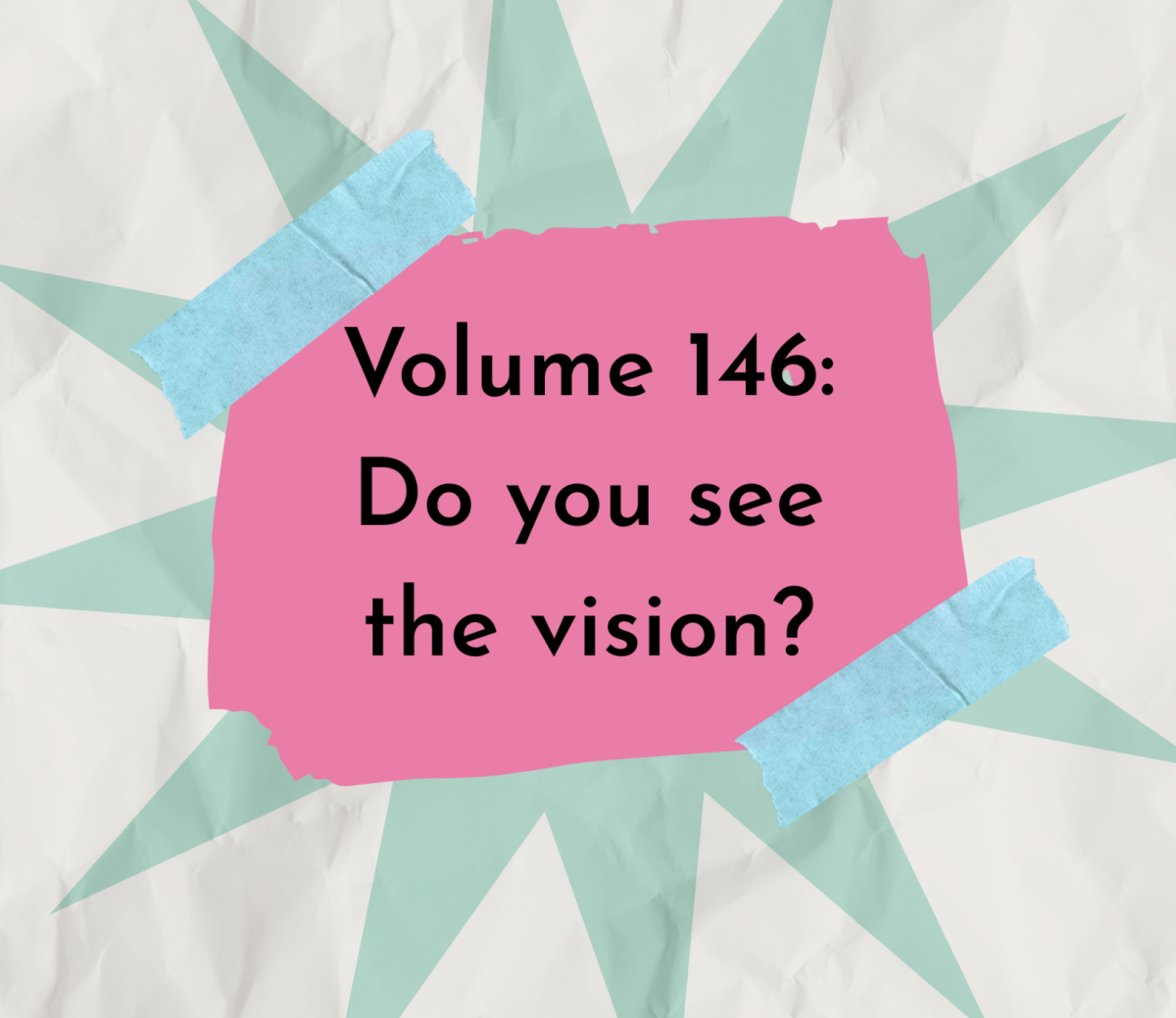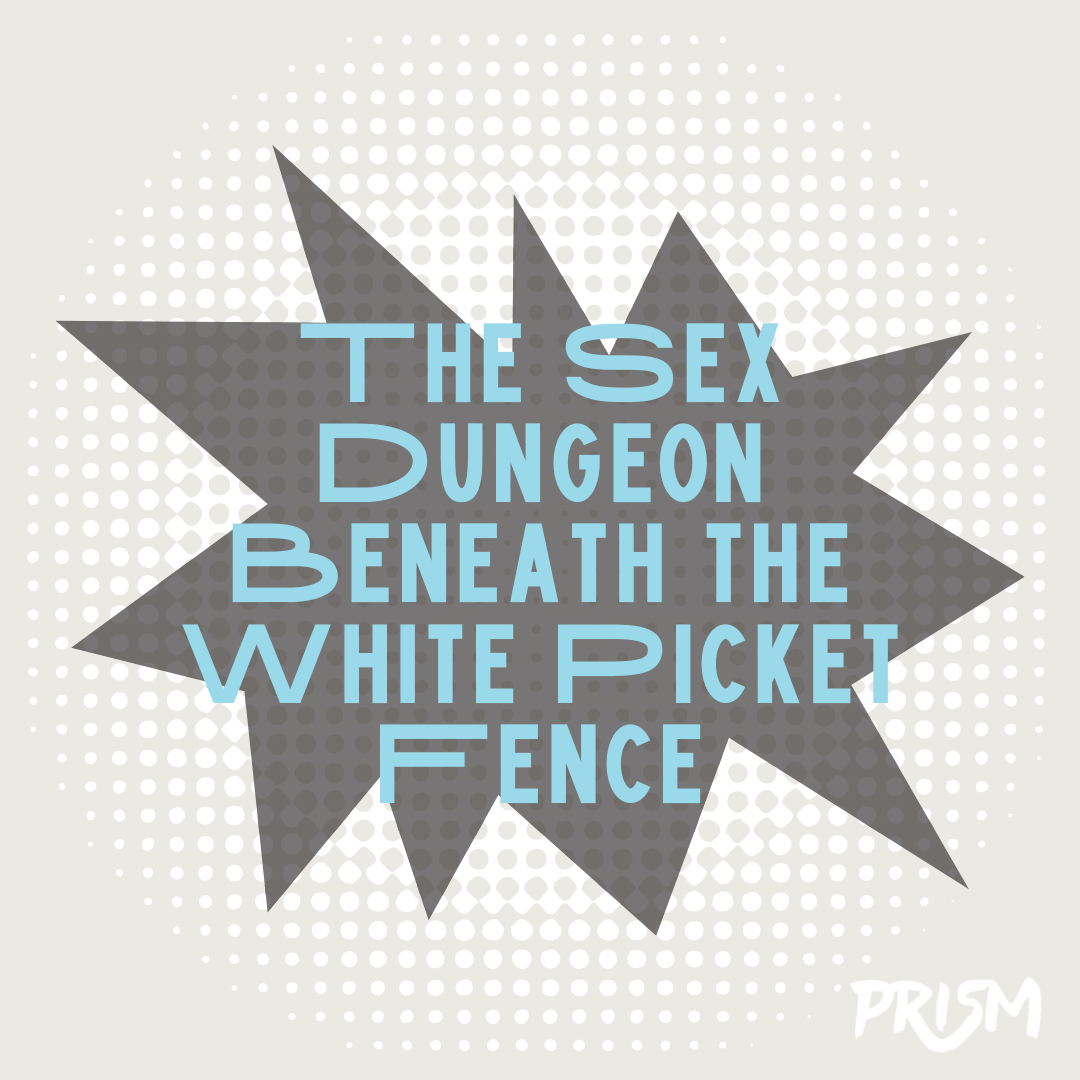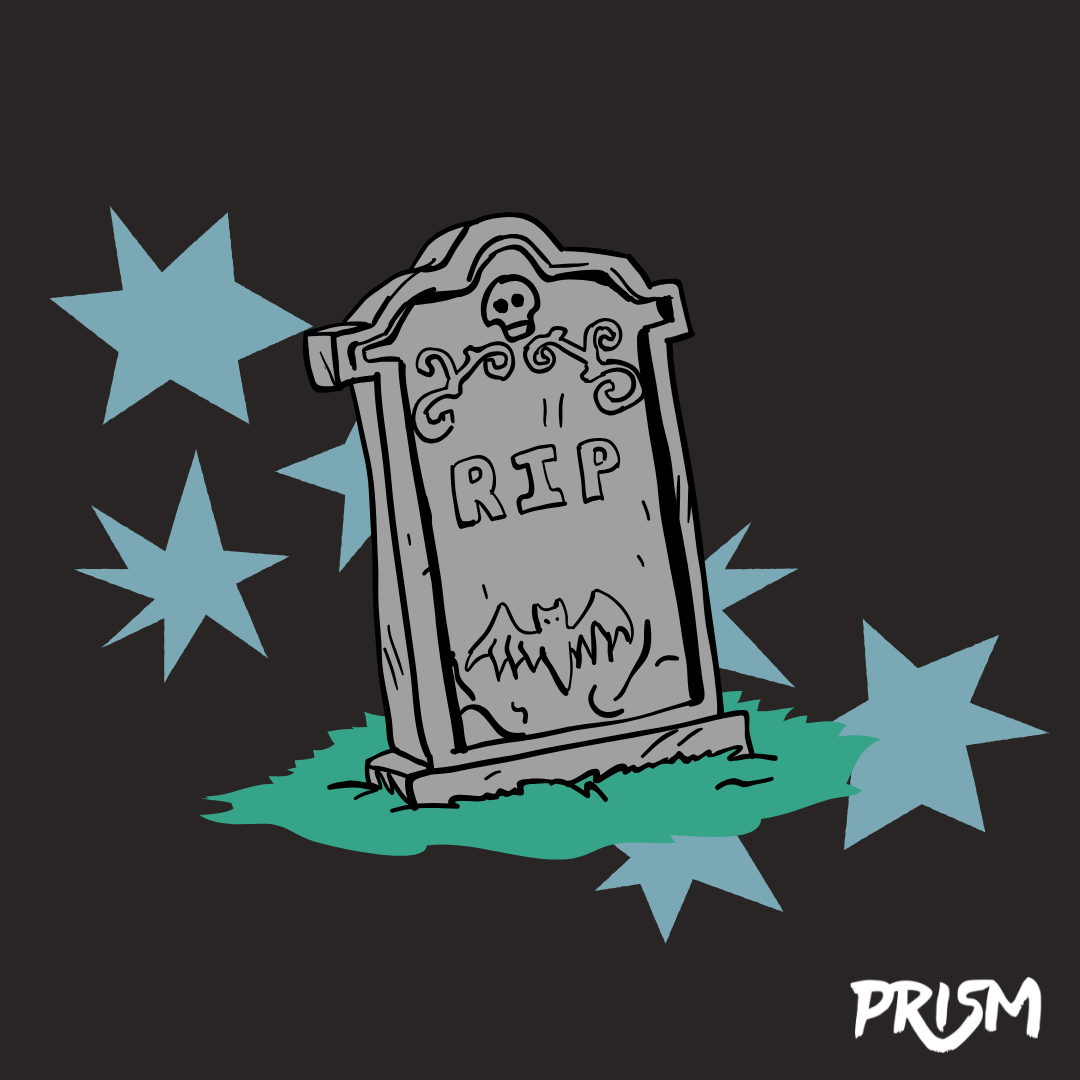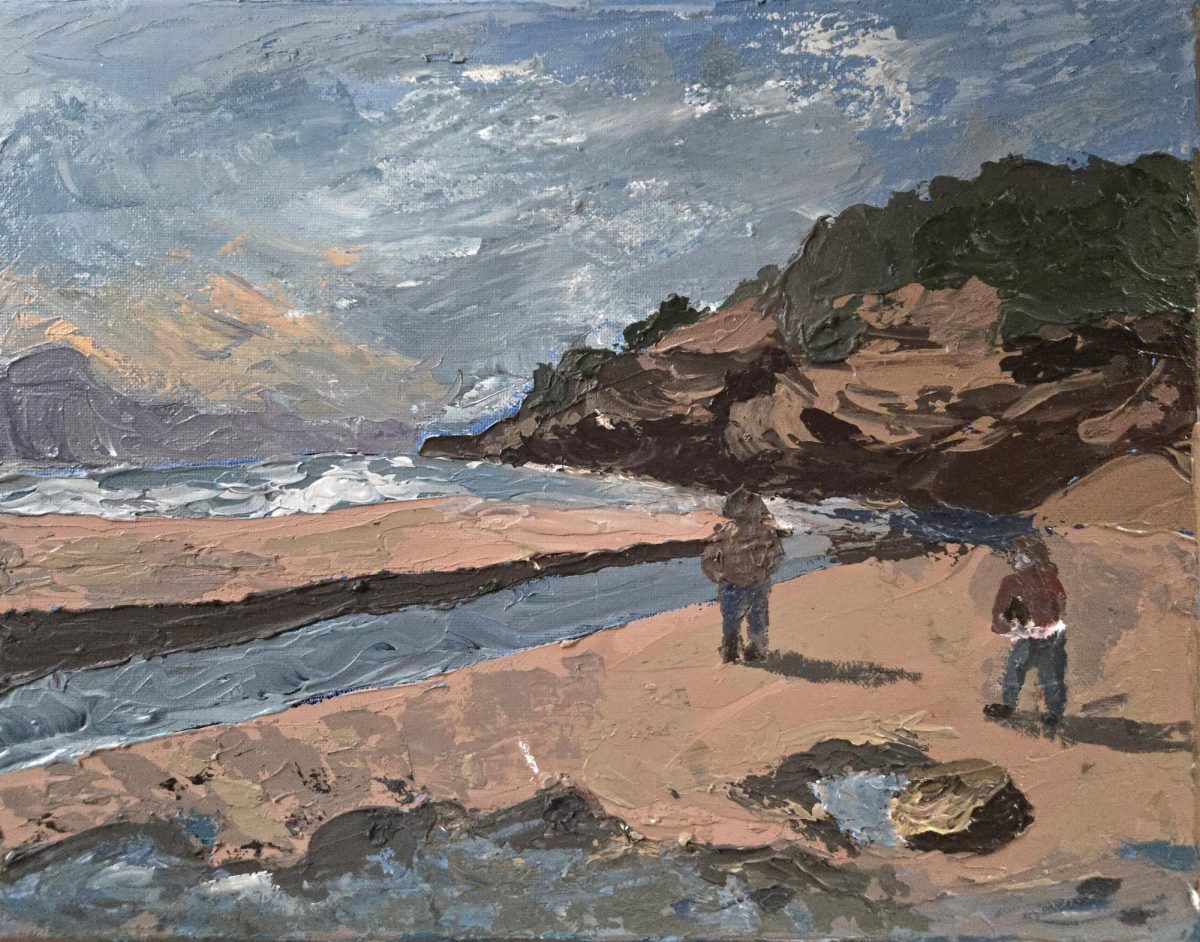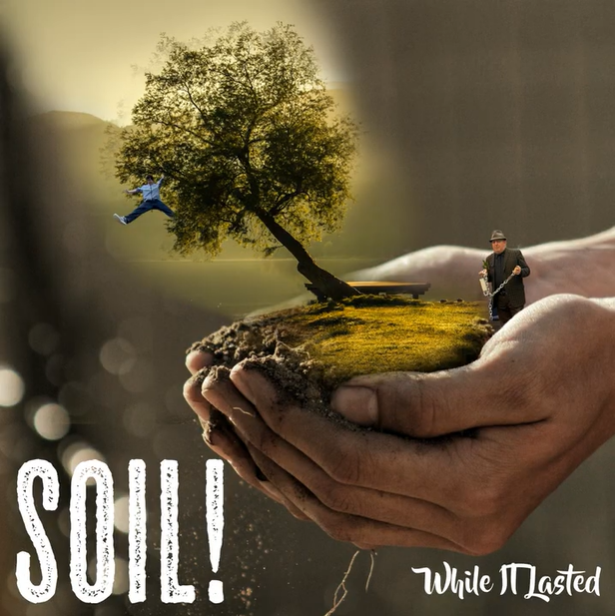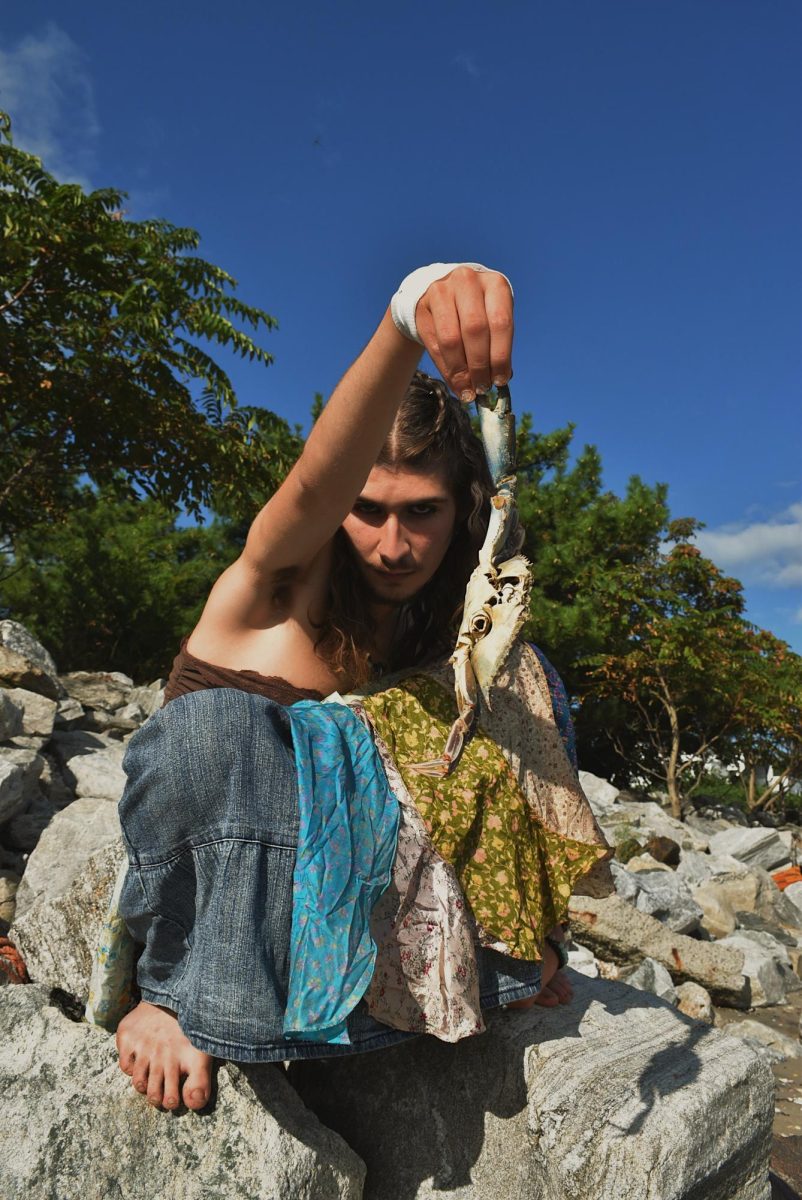Content warning: violence, references to explicit material
“I lie back against the sheets &
Charybdis both this body’s hungry mouths, let
my finger feel what wet wreckage, what good
and greedy breaking these can make of my body.”
–torrin a. greathouse
Reading from either of torrin greathouse’s two poetry collections feels like watching someone chisel pieces of their body away. You’re drawn in as if by gravity, dazed and gaseous. The progress is painstaking. Through the haze, Venus is revealed, naked and mythological. Her arms lie ruined, scattered on the floor. You clap.
Cannibalism, murder, abuse, suicide, even rape — one of the literary tropes you’ll inevitably encounter in love stories is the conflation of love, often sexual love, and violence/death. It’s powerful, it’s poignant, naturally connected (as sex produces life and violence produces death), inherent to the human plight (as beings that suffer from and inflict sexual violence on each other) and it seems subversive when done well. After all, oxymorons like “bad love” are hard to wrap your head around. We know love is good, so we’re still not used to thinking of it as potentially bad, even though popular works have suggested it for a long, long time.
For instance, in “Romeo and Juliet” — which greathouse references in the inaugural poem of her most recent collection, “Deed” — Shakespeare’s star-crossed lovers have their famous penchant for suicidality; they can’t live without each other. Another character, Mercutio, rants about a fantastical dream faerie, “Queen Mab,” endowed with two powers: sexual and violent. She makes maidens dream of love and “sweetmeats” (no doubt a Shakespearean pun) and “learns them first to bear/making them women of good carriage.” Essentially, she gives them wet dreams. Also, “she drives over a soldier’s neck,/And then dreams he of cutting foreign throats.” One wonders what kind of sword he might be using. Mercutio at another point drools over fighting the famous swordfighter, Tybalt (whom he declares “a very good whore,” and who later kills him). Multiple characters refer to Juliet’s death as a “marriage” with Death; critic Webster Wheelock declares that Death has cuckolded Romeo.
The play is famous for its oxymorons. In Verona, love is violence and sex is death. Sampson, an opening character of the play, who fantasizes about raping Montague women, is aware of this, and all too eager to partake.
The play fascinated me when I read it in this light, but at least from a modern point of view, you have to view it as being critical of its characters’ violent love, whether they love violently (as Mercutio, Romeo and Juliet do) or merely love violence (as Sampson and Tybalt do). I certainly like to believe Shakespeare intended it that way. I see evidence of it, for instance, the rapey Sampson is countered by Gregory, who implies that he’ll be hanged, calls him “a weak slave,” and “poor-john” (a poor-quality salted fish), and casts doubt on his ability to support him in battle. If you believe in Shakespeare, you must doubt Sampson and his violent love. You have to think the warring families will grow beyond the confines of the play. “Romeo and Juliet” portrays a trap of love/death oxymorons, but one from which its characters escape. Other stories haven’t been so generous.
Death is a subtle force in James Joyce’s “Ulysses,” haunting the main characters. Their Freudian sexual complexes — the main focus of the novel — are inextricably tied to their attitudes towards death. Stephen Dedalus, one of the main characters, is so destroyed by the death of his mother a year before that he can still hardly stand to think of women, but he still goes to see prostitutes (and while doing so, hallucinates about his mother). Overall, it goes so poorly that he destroys their chandelier, almost loses his entire paycheck, and seemingly gets zero action.
Freud conceived of the sex/death dynamic as a battle between the inner forces of “Eros” and “Thanatos,” Greek gods of sex and death. To give you a bad summary, he thought that each of us are drawn towards both in varying proportions. Considering how closely Joyce developed his characters under the guidance of Freudian ideas, you can see why so many critics have laid the conflation of sex and death at the foundation of their criticism of “Ulysses.”
Having studied “Ulysses” so closely and so recently, it’s become difficult for me to write anything without including some implicit connection between sex and death haunting it (somewhat like how it haunts Stephen Dedalus in “Ulysses”), although in my case, I’ve always intended to evoke doubt about such a conflation. When sex and death, love and violence, are connected, toxicity often emerges. The conflation is pervasive, certainly, but I’ve largely been shielded. I have a great relationship with my fiance and a great ability to ignore others. But “Ulysses,” and I suppose Freud by extension — their certainty about the intertwining of sex and death — shook my certainty in the solidity of love. Is it always tainted? Will my love also be tainted by more fraught relationships? Looking at my most recent writing, I think I’ve been desperate to prove Joyce wrong, although I don’t think I fully can.
This brings me back to greathouse and to “Deed.” The first section is a continuation of greathouse’s previous collection, although she’s perfected her pursuit of etymological poems. Greathouse delves into a reverie of words and the shared history behind them, as well as queer sex, and queer violence and (sometimes queer) sickness (by which I mean dysphoria and the homosexually connotated AIDs epidemic, although most chronic illness aligns naturally with queerness in this collection).
What you can expect from any greathouse poem is imagery that nods to violent love, particularly violent queer love, and “Deed” delivers it in coils. With many poems nodding to the AIDs epidemic and its association with homosexuality, queer lovers are often perpetrators in the collection, spreaders of disease and death. “He cums across his chest. Seed sprouts/a corset of orchids blooms his palms into funeral bouquets,” the speaker of “Aubade with Autoimmune Disorder” says. In “On Possession,” we get another example: “Certain kinds of seizure are categorized/by the feeling of euphoria that overtakes the body.” The way everything feels unreal and heightened in the first section of the collection, you have to wonder if the speaker is in the middle of such a seizure, glancing beyond the veil of death.
It’s not just a mournful death we’re exposed to. There’s no shortage of violence in “Deed,” and gay men, many closeted, are some of the primary, unspared offenders. The attacks are deliberate and every word built up to — the reader primed. The title “Belt is Just another Verb for Song” prepares you to go into that poem making connections to kink. Kink is fake violence, just as this literature is. And fake violence can have a paradoxical effect of healing. But it’s easy for fake violence to bleed over into the real. How many pieces of writing have been used to justify violence throughout history? Greathouse evokes “The Transsexual Empire” and the harm it caused to the trans community. Adrienne Rich helped the writer of it. Fake violence isn’t always all that fake. Other poems in the collection develop the discussion by introducing doms and sexual partners who go too far. Make no mistake: Greathouse has crafted her violent reveries. So we may be lost in the conflations, but a self-awareness brims to the surface with “I Was Looking for Dick & All I Got Was This Lousy Poem,” in which the speaker says, “None of us want to be here,” meaning on a gay dating app, “rolling our bolder-bodies/again&again&again&again.” The speaker begins searching the past, through myths like that of Sisyphus, and through etymology, to explain how they got where they are.
Over the course of “Deed,” you begin to emerge from the conflations. “I won’t let this be the answer. No,” says the speaker of “It’s Blood That Makes Men Hard,” referring to the idea that men want to make her bleed and bruise for their sexual gratification. The poem accuses these men, many of them gay, of wearing “mascs,” a pun on “masks.” What are they masking? Their attraction to a trans woman. Quoth the speaker: “I’d be lying if I said no/man ever batter out my blood/to prove himself razorstraight.” In the third section of the collection now, the speaker here is no longer merely drowning in the trap of violent love. “I won’t act my part,” she says. “Won’t spill my blood/for a poem.”
The language grows less heightened in places and more essayistic. The longest poem of the collection is even apparently converted across genres from an essay greathouse wrote. It feels like a sobering from violent love, although with relapses. They don’t feel the same as the first section. The reveries even become frustrating; they’ve gone on so long you seem to want them to end, and this makes you realize what the point of them was — not just reverie but criticism. You get the sense that the powers that be, the “mascs” and the bigots who appear throughout the collection want you to think that queer love, or even queerness in general, is violence. In “A Novel Dysfunction,” the speaker says, “There are/those/who would reckon this suffering/not as disorder, but as symptom of sin.” I wish the community did a better job disproving them. I wish more queer writers tried to plot the path out of violence, but as of yet, the community is still plagued with high rates of mental illness and suicidality due to systemic oppression. Most honest art about queerness is underlaid with the assumption of violence that greathouse mourns. In a refutation of a transphobic Sharon Olds poem, which suggests affirmation surgery is self-directed violence, greathouse’s speaker instead calls it an inward blooming. A glimmer of hope in a bleak collection, greathouse leaves me wanting to pursue this thought further, leaves me wanting to read or write a collection all focused around queer happiness. In “A Novel Dysfunction,” the speaker details a visit to a therapist and a discussion about violent “love” which is pathologized to the chagrin, and comfort, of the speaker. Whether or not they like what they hear, they’re coming to understand their experiences better.
In “A Dead Shark Isn’t Art,” one of the last poems, greathouse directly confronts “art and its economy of flesh and spectacle.” Parallels are created between her own poetry and two different “artistic” displays of shark corpses. They exist in real-life, encased in glass. The one by Damien Hirst is floating in formaldehyde. It supposedly sold for $8 million in 2004. He had the shark hunted and killed for a couple thousand British pounds so he could make the display. It is an affront to life. It’s called “The Physical Impossibility of Death in the Mind of Someone Living.” The other shark display, also called “A Dead Shark Isn’t Art,” was set up in response to Hirst’s, although it technically predates his, having been put up in a shop display years before.
In greathouse’s poem, she recounts an ex’s poetic response to the artwork, which is also about a person who assaulted them, and greathouse’s speaker, analyzing her ex’s work, says “It’s never quite clear in the poem who stands on which/side of the glass. Which one is meant to be the shark.” This speaker recounts a memory of that same ex, when they broke up, locking her on the balcony and screaming through the glass door. This time, we’re asked to say which, between them, is the shark.
Most people want to disregard Hirst’s work. A Reddit post calls it “worthless and vapid.” But one of the problems when you read greathouse is that you’re forced into an awareness that morbidity can be provocative. That’s what makes her, Shakespeare and Joyce so core-shaking. In the case of greathouse, morbidity is the primary feeling one emerges from their work with. Confronting our mortality and our fleshiness feels difficult and artistic and even just imagining Hirst’s shark, I feel shaken again. I think greathouse does as well. She relates to the shark; she’s inside the glass, but she’s participated too; she’s set herself afloat in formaldehyde. She’s made herself into the shark with her art. And that means that she relates to Hirst as well. Both him and his shark. “I can count the dollars I’ve/been given for imagining my own corpse behind the glass pane/of a poem,” the speaker says. If greathouse condemns his work, they might also have to condemn their own. Part of this work is confronting whether greathouse’s poem transcend from fake violence to real. Do they do enough critical work to undermine the violence? Or does it amount to another act of self-destruction like Romeo’s suicide. With queer folks always being cast as such unhappy, violent people, isn’t escaping from violent love — rather than reveling in it — what we need now?
I emerge from their poems thinking, “I was conceited for falling into the trap of relating to Hirst’s art.” I emerge from it thinking, “The only way you can be that pessimistic is to ignore the real impacts of the piece.” To justify its existence, you’d have to say it’s okay to kill a random shark because the end result is disgustingly beautiful. If you view this piece as a real-world thing and not just “a concept,” there’s no way you can believe in it as art. Here we have another instance of fake violence becoming real.
I’m taking this lesson and applying it to other artists. You can’t ignore the moral implications of a piece. When violence is presented as art, that doesn’t mean it’s fake. And if an artwork is so truly violent as Hirst’s is, it isn’t acceptable as art. You can’t say sex and death, love and violence, are the same. I welcome criticism. I refuse to believe in the spiritual validity of poison. I don’t want to be like Romeo. Is he not horridly immature?
When it comes to greathouse too, I’d like to think this lesson means we should move beyond this ignorant conceit that violence doesn’t matter, most especially that violence is beautiful, or that art is disconnected from its moral consequences. Violence is not beautiful, it is an abandonment of beauty. Violence is not love, it is what gets in the way of love. That’s the truth that ought to hang in the background of our art when we consider these things. Shakespeare and greathouse have done that work of critical analysis. For every Sampson they write, they have some form of Gregory to undermine them. The anti-conflation message sounds obvious when you say it, but I think Hirst, Joyce and others like the makers of the Twilight movies (in which romance = wanting to make you bleed) could do with hearing it. But of course, the entire reason violent love is topicalized in art is that artists like to doubt the obvious. I only think we should doubt our doubt.


